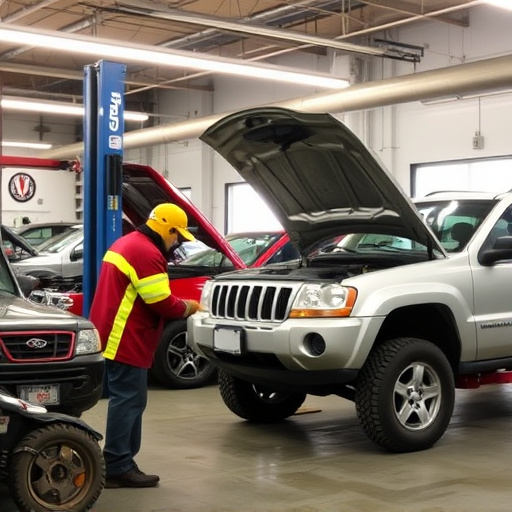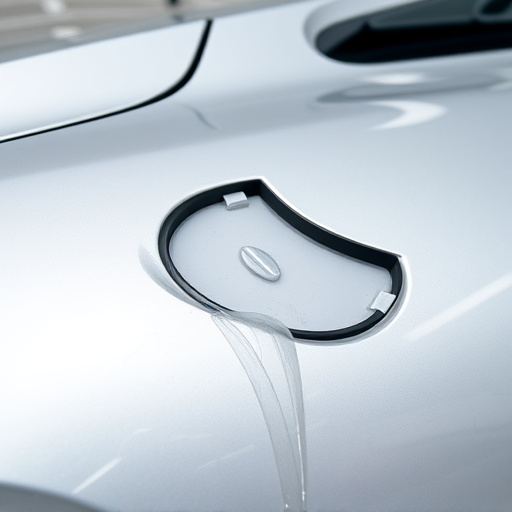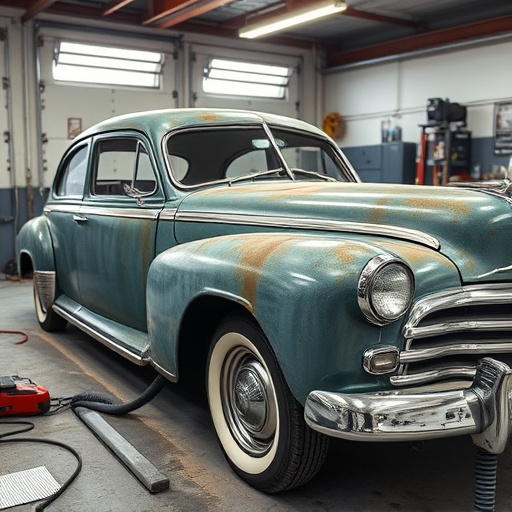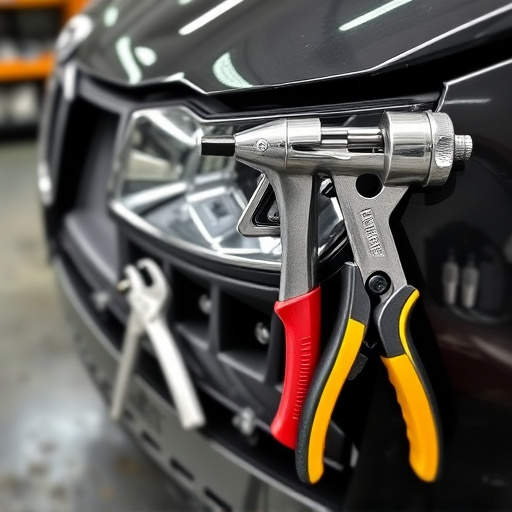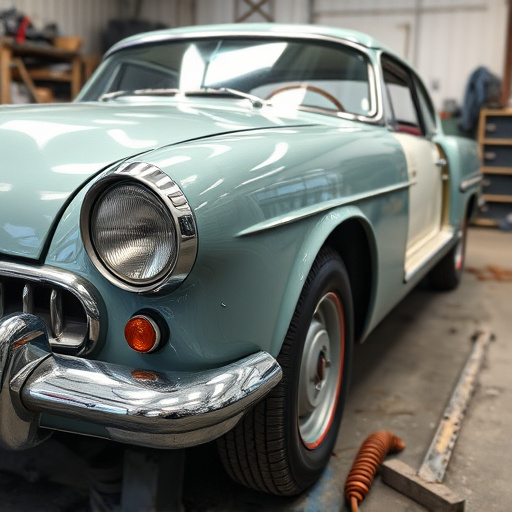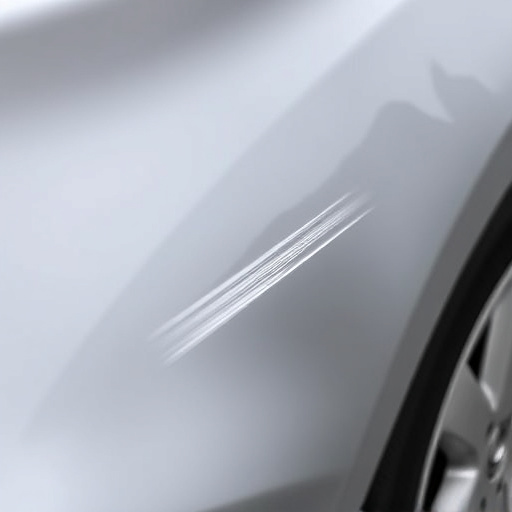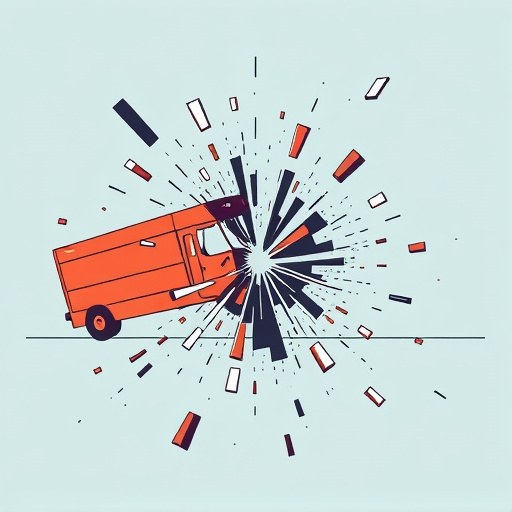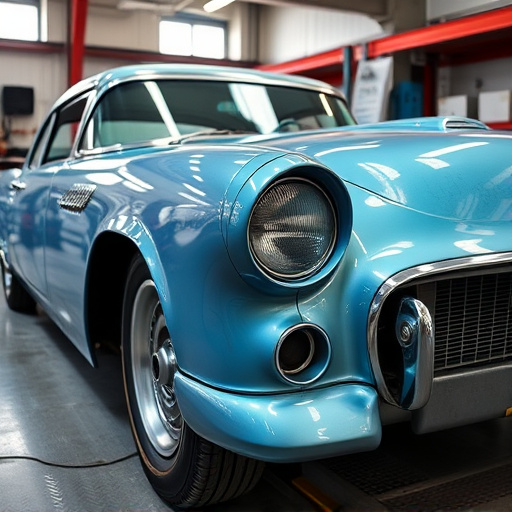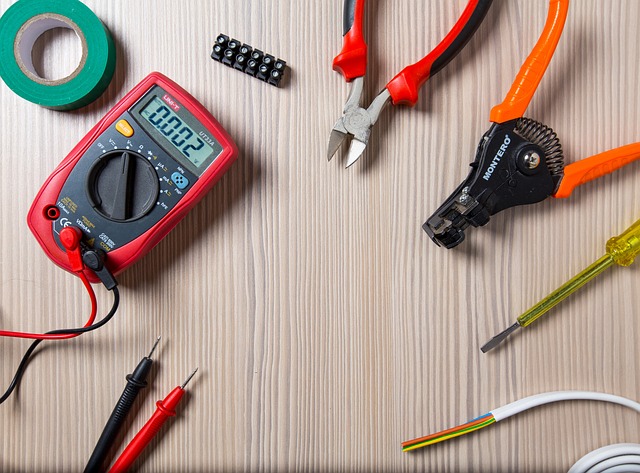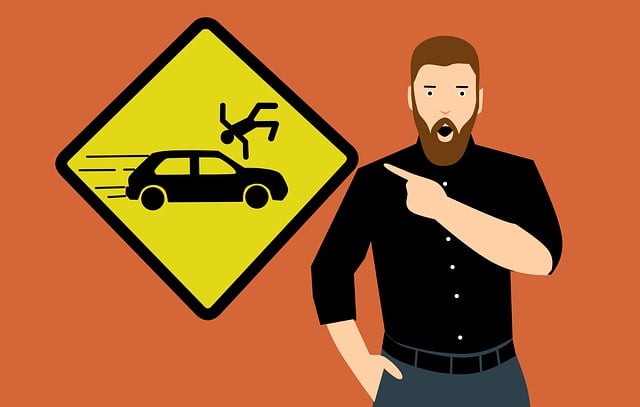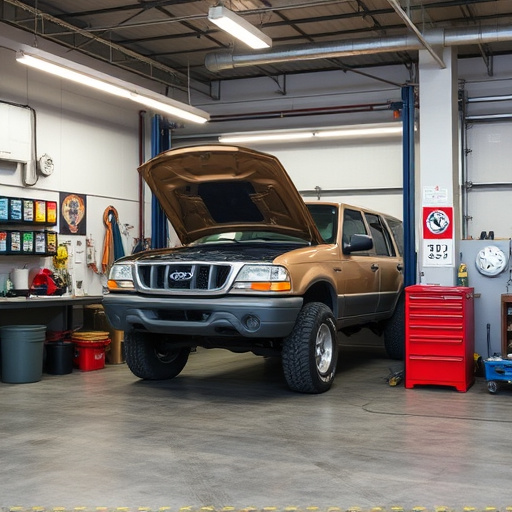Advanced tools like laser measurements and CAD software revolutionize collision damage repair, offering unprecedented precision and efficiency for complex repairs. Robotic welding and automated painting systems further streamline processes, ensuring high-quality outcomes with reduced vehicle dwell times. Modern safety features protect technicians and the environment, enhancing sustainability in auto maintenance.
In the realm of collision damage repair, modern tools are revolutionizing the process, enhancing efficiency and precision. This article delves into the significant impact of quality tools on the industry, exploring three key areas: modern tools streamline repairs, precision engineering minimizes damage, and safety features protect both technicians and vehicles. By adopting these advancements, collision repair shops can offer faster turnaround times, reduced costs, and higher-quality outcomes, ultimately elevating customer satisfaction in collision damage repair services.
- Modern Tools: Enhancing Collision Repair Efficiency
- Precision Engineering: Minimizing Damage and Waste
- Safety Features: Protecting Repair Technicians and Vehicles
Modern Tools: Enhancing Collision Repair Efficiency
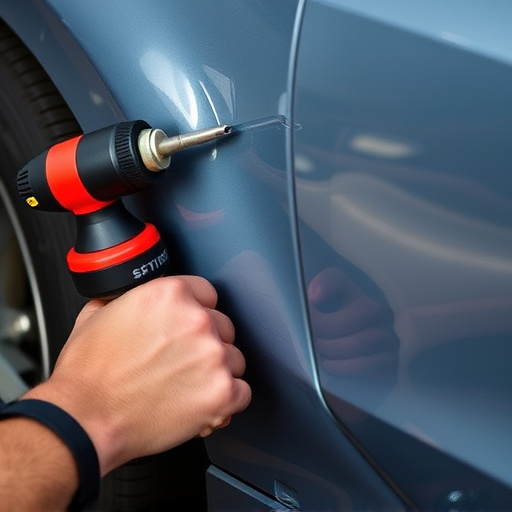
In today’s digital era, modern tools are revolutionizing collision damage repair, ensuring faster and more efficient processes. Advanced technologies such as laser measurements and computer-aided design (CAD) software enable precise assessments and accurate repairs, reducing manual effort and potential errors. These tools offer a level of precision that was once unimaginable in the field, allowing for intricate vehicle dent repairs, including complex mercedes benz repair tasks.
For instance, robotic welding systems enhance productivity by automating precise welding operations, resulting in stronger and more consistent bonds. Similarly, automated painting systems provide an even coat application, reducing the time and skill required for manual painting. These innovations not only speed up the repair process but also improve the overall quality of collision damage repairs, catering to the demand for top-notch vehicle dent repair services.
Precision Engineering: Minimizing Damage and Waste
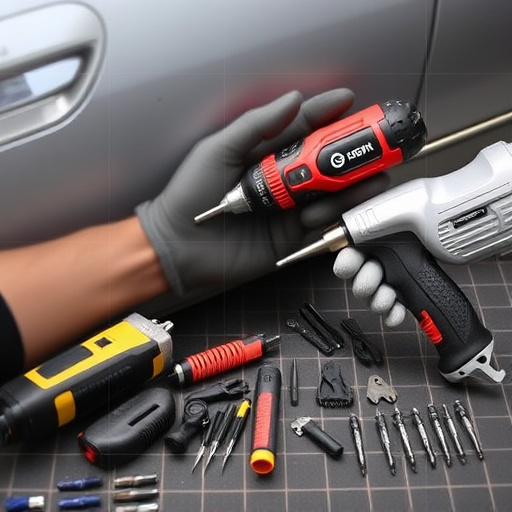
Precision engineering plays a pivotal role in revolutionizing collision damage repair, ensuring that every fender bender or auto maintenance task is executed with meticulous care. By implementing advanced tools and techniques, car repair shops can minimize damage to vehicles, reduce waste, and ultimately provide high-quality repairs. This precision involves the use of specialized equipment designed to accurately measure and adjust components, such as computer-aided design (CAD) software and laser measurement systems. These tools enable technicians to assess damage with unparalleled accuracy, allowing them to replace only necessary parts and minimize unnecessary procedures.
Moreover, precision engineering streamlines the repair process, saving time and resources. With efficient workflows optimized for these advanced tools, car repair shops can offer faster turnaround times without compromising on the quality of their services. This benefits both customers and the environment by reducing the carbon footprint associated with prolonged vehicle stays in the shop, making collision damage repair more sustainable and cost-effective.
Safety Features: Protecting Repair Technicians and Vehicles
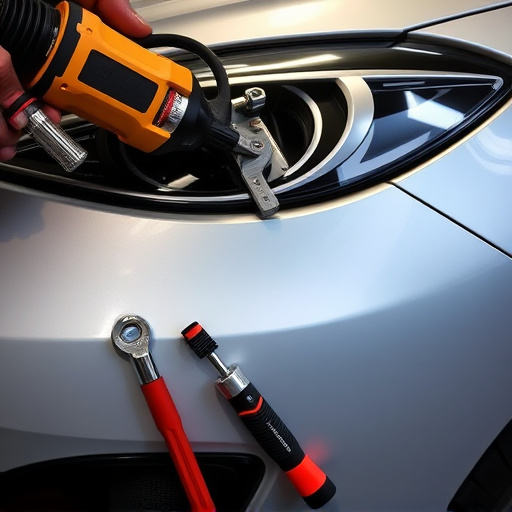
In the realm of collision damage repair, safety features of quality tools play a pivotal role in protecting both repair technicians and vehicles. Modern automotive technology has introduced advanced safety mechanisms that are designed to mitigate risks during the repair process. For instance, impact wrenches with built-in safety switches ensure that operators avoid accidental injuries by discontinuing power when certain forces are exceeded. Similarly, high-quality paints and applicators used for scratch repair and vehicle dent repair often come equipped with advanced environmental controls, reducing exposure to harmful chemicals.
These safety features extend beyond the immediate repair site to contribute to the overall sustainability of classic car restoration processes. By employing tools that prioritize safety, repair technicians can work more efficiently while minimizing the risk of accidents. This, in turn, leads to higher-quality outcomes, ensuring that vehicles are not only restored but also preserved for future generations. The use of top-tier tools thus becomes a critical aspect of collision damage repair, fostering a harmonious balance between technological advancement and safety.
In conclusion, modern quality tools play a pivotal role in revolutionizing collision damage repair. From enhancing efficiency through precision engineering to prioritizing safety for both technicians and vehicles, these tools are indispensable assets in today’s automotive industry. By minimizing damage and waste, they contribute significantly to the overall effectiveness of collision repair processes, ensuring superior outcomes for vehicle restoration.
